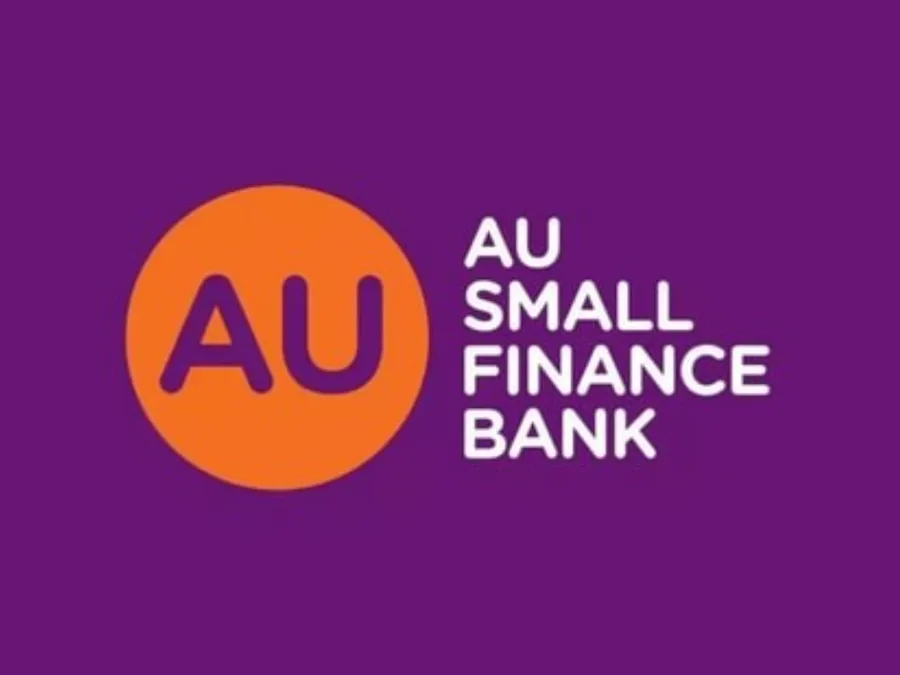Insurers Struggle : The Insurance Regulatory and Development Authority of India (IRDAI) has imposed strict obligations on general insurance companies to expand their coverage in the motor third-party (TP) insurance segment. Insurers with a 5 to 10 percent share in the Motor TP market are required to increase their insured vehicles by 7.5 percent compared to the previous year. Companies with a market share of up to 2 percent must expand their coverage by 12.5 percent over the last financial year. However, many insurers are struggling to meet these new obligations due to data inaccessibility and limited customer demand.
One of the biggest hurdles faced by insurers is the lack of access to data regarding previously insured vehicles. Without accurate information, insurers find it challenging to identify and reach potential customers who need TP insurance. Additionally, customer demand for TP insurance remains low as many vehicle owners either opt for lower coverage or fail to renew their policies on time. This situation creates a significant gap between regulatory expectations and practical implementation.
Insurance companies are now under mounting pressure to comply with these new regulations. A senior executive from a private-sector general insurer stated, “Most insurance companies are struggling to meet the new TP obligations. There is mounting pressure on insurers to meet these new norms. We are trying to deploy more people and resources to meet these targets.” As insurers strategize ways to bridge this compliance gap, understanding the eligibility criteria, insurance fees, application process, and benefits of motor third-party insurance becomes crucial.
Who Can Apply for Motor Third-Party Insurance?
Motor third-party insurance is a mandatory requirement for all vehicle owners in India, as per the Motor Vehicles Act. The following entities can apply for this insurance:
- Individual Vehicle Owners – Anyone who owns a two-wheeler, car, or commercial vehicle must have TP insurance.
- Fleet Operators – Businesses that operate multiple vehicles for logistics, transportation, or rental services need third-party coverage for their entire fleet.
- Car Dealerships – Dealers offering test drives or renting vehicles to customers must ensure proper TP coverage.
- Ride-Hailing and Delivery Service Providers – Companies operating taxis, auto-rickshaws, or delivery services must have TP insurance for their vehicles.
Insurance Fees for Motor Third-Party Coverage
The cost of motor third-party insurance varies based on the type of vehicle and its engine capacity. The Insurance Regulatory and Development Authority of India (IRDAI) revises these rates annually. Here are the current rates:
| Vehicle Type | Engine Capacity | Third-Party Premium (Annual) |
|---|---|---|
| Two-Wheelers | Up to 75cc | INR 538 |
| Two-Wheelers | 75cc – 150cc | INR 714 |
| Two-Wheelers | 150cc – 350cc | INR 1,366 |
| Two-Wheelers | Above 350cc | INR 2,804 |
| Private Cars | Up to 1000cc | INR 2,094 |
| Private Cars | 1000cc – 1500cc | INR 3,416 |
| Private Cars | Above 1500cc | INR 7,897 |
How to Use Motor Third-Party Insurance?
Motor third-party insurance provides financial protection against claims made by third parties for damages caused by the insured vehicle. Here’s how it works:
- Accident Occurs – If the insured vehicle causes an accident resulting in property damage, injury, or death, the affected third party can claim compensation.
- File an FIR – The vehicle owner should report the accident to the police and obtain a First Information Report (FIR).
- Inform the Insurer – The policyholder must inform their insurance provider about the accident and submit required documents.
- Claim Settlement – The insurer evaluates the claim, and if valid, compensates the affected party based on the policy’s terms.
Benefits of Motor Third-Party Insurance
- Legal Compliance – It ensures that vehicle owners meet the legal requirements under the Motor Vehicles Act.
- Financial Security – Covers financial liabilities for damages caused to third-party individuals or property.
- Peace of Mind – Protects the policyholder from unexpected financial burdens arising from accidents.
- Affordable Premiums – Compared to comprehensive policies, third-party insurance is more affordable.
How to Apply for Motor Third-Party Insurance?
Applying for third-party motor insurance is a straightforward process. Follow these steps:
- Choose an Insurance Provider – Compare different insurers and their premium rates.
- Visit the Official Website – Go to the insurer’s website or visit a physical branch.
- Fill in Vehicle Details – Enter details such as registration number, engine capacity, and owner’s information.
- Select Policy Coverage – Choose a third-party insurance policy and check the premium amount.
- Make Payment – Pay the premium online via net banking, UPI, or credit/debit card.
- Receive Policy Documents – Upon successful payment, the insurance certificate will be sent via email or hard copy.
Important Dates

IRDAI regularly updates third-party insurance policies. Some key dates include:
- Policy Renewal Due Date – Ensure timely renewal before policy expiry.
- Annual Premium Revision – IRDAI revises premium rates annually, usually in April.
Disclaimer
The information provided in this article is for general awareness and does not constitute legal or financial advice. Vehicle owners must verify updated rates and terms directly with their insurance provider.
Insurers Struggle Conclusion
Motor third-party insurance is a mandatory and essential coverage that ensures financial security for vehicle owners and affected third parties in case of accidents. Despite its significance, many insurers are struggling to meet the revised IRDAI obligations due to limited data access and customer demand.
As IRDAI enforces stricter compliance requirements, insurance companies must adopt proactive measures such as data-driven customer outreach and better marketing strategies to boost policy adoption. This shift is necessary to bridge the gap between regulatory expectations and ground realities.
Vehicle owners, on the other hand, should be aware of their legal obligations and the benefits of third-party insurance. Staying informed and choosing the right policy can help avoid penalties and ensure financial protection against unforeseen liabilities.
With timely policy renewals, adherence to regulations, and increased public awareness, the motor third-party insurance landscape in India can improve significantly.
Insurers Struggle FAQs
1. What is motor third-party insurance?
Motor third-party insurance is a mandatory insurance policy that covers financial liabilities for damages or injuries caused to a third party by the insured vehicle.
2. Is third-party insurance enough for my vehicle?
While third-party insurance fulfills legal requirements, it does not cover damages to the insured vehicle. For broader coverage, a comprehensive policy is recommended.
3. What happens if I don’t have third-party insurance?
Driving without valid third-party insurance is illegal in India and can lead to fines or imprisonment under the Motor Vehicles Act.
4. How can I check if my vehicle is insured?
You can check your vehicle’s insurance status through the Parivahan website using the registration number.
5. Can I buy motor third-party insurance online?
Yes, most insurers offer online third-party insurance policies. You can compare plans, pay the premium, and receive policy documents digitally.




One thought on “Insurers Struggle: to Meet IRDAI’s Motor Third-Party Obligations”